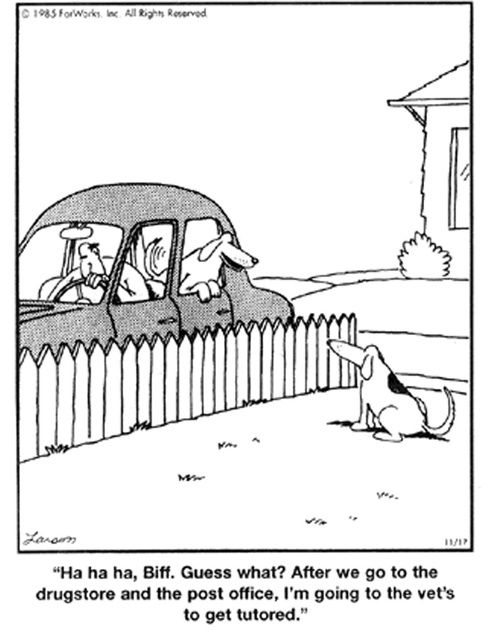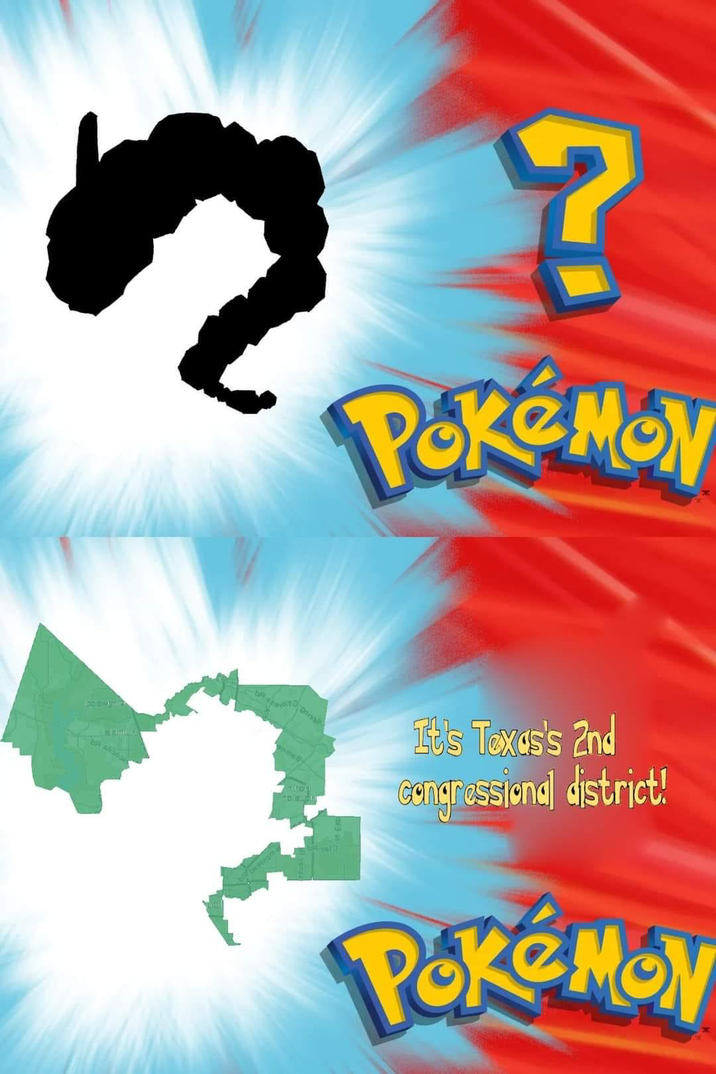That alternative would replace Ohio's current system for drawing congressional and legislative maps, which relies on elected officials, with a 15-member panel of Ohioans without close ties to politics.
Honestly, I feel like if districts are gonna be drawn, it'd make more sense to just choose some algorithm and have a computer do it.
Like, if you want to have non-partisan oversight of the algorithm selection, great, but I'm not at all sold that partitioning up the election map requires anything beyond a simple, mechanical process.
reads further
Fed up with politicians manipulating maps to ensure reelection, a crowd of Ohio voters took a key step toward offering a redistricting alternative on the November ballot.
The commission would draw maps that "correspond closely to statewide partisan preferences of the voters of Ohio." Unlike redistricting proposals approved in 2015 and 2018, this requirement is explicit and mandatory.
If you divide up electoral districts to try to clump similar voters, you kind of guarantee that you're ensuring re-election. In fact, from past reading, that's what gerrymandering tends to do. It isn't primarily that politicians try to get an edge for their party overall. It's that they try to ensure that they have safe seats without serious competition, even if that ensures that politicians from the other party also enjoy the same situation. Think of an oligopoly, where companies divide up territory or something like that, and each has a monopoly. Like, if you're going to mandate that under this district-drawing system, what you're functionally doing is minimizing the power of the public in elections relative to that of incumbent politicians.
kagis
Yeah.
https://news.harvard.edu/gazette/story/2023/07/biggest-problem-with-gerrymandering/
Biggest problem with gerrymandering
Researchers found tactic, widely used in 2020, made little difference in partisan numbers but yielded safe seats, less-responsive representatives
Basically, what gerrymanderers principally aim to do is to reduce how much a politician in an electoral district tends to need to care about what their electorate wants, by eliminating realistic challengers.
kagis
One of the most consequential outcomes of this redistricting cycle has been the continuing decrease in the number of competitive congressional districts. Under new maps, there are just 30 districts that Joe Biden won by less than eight percentage points in 2020 and, likewise, just 30 districts that Donald Trump won by less than eight points.
All told, there are now fewer competitive districts than at any point in the last 52 years. If the good news is that both parties emerged with reasonable opportunities in coming years to win control of a closely divided House, the bad news is that they will fight that battle on the narrowest of terrains under maps artificially engineered to reduce competition.
In the end, a closely divided House remains up for grabs, with reasonable opportunities for both parties to win control in coming years. However, barring unforeseen political shifts, most voters will watch that fight from the sidelines due to maps that artificially reduce competition. If Americans hope to reverse the long-term decline of competitive districts, reforms to create fairer, more independent map-drawing processes will be essential.
That's a good deal if you're an incumbent politician who wants to be in a position to make use of political influence without being at political risk. But it's the worst deal you could get in terms of your own influence if you're a member of the voting public.
Ted Linscott, the retired bricklayer from Athens, said Appalachians tell it like it is: "When we see BS, we call BS and the way our districts are drawn is BS."
I'm not saying you're wrong there, dude. But being happy about this proposal is kinda, well...I'm gonna need Gary Larson to help me out on this one.

https://lemmy.today/pictrs/image/6a694b63-9618-4b6a-a685-a26f1be54bb9.jpeg
